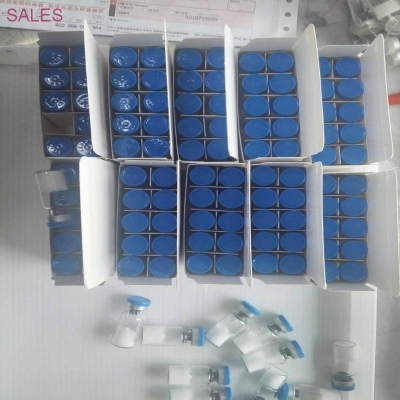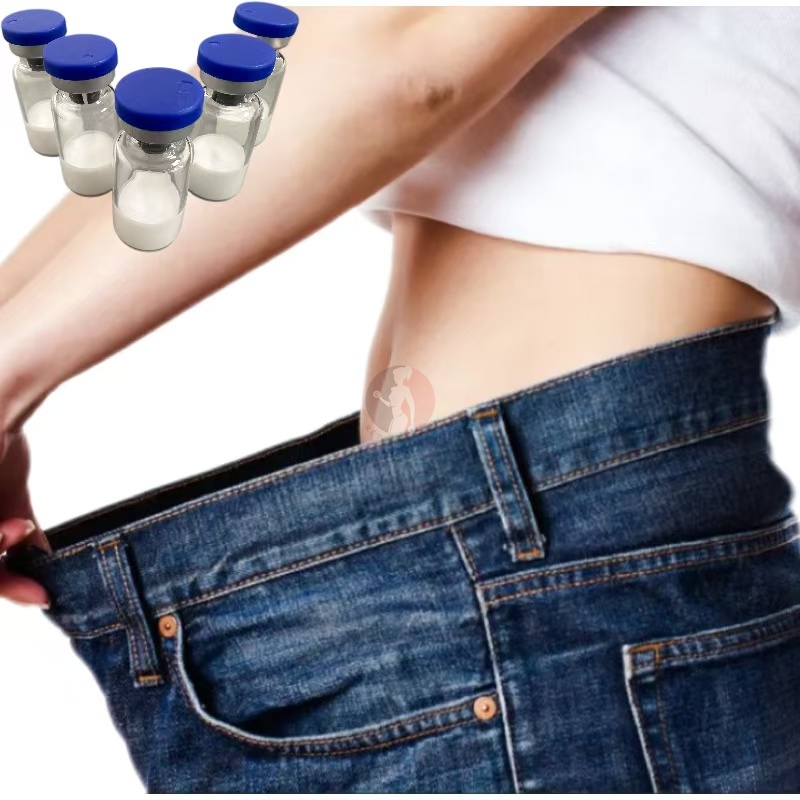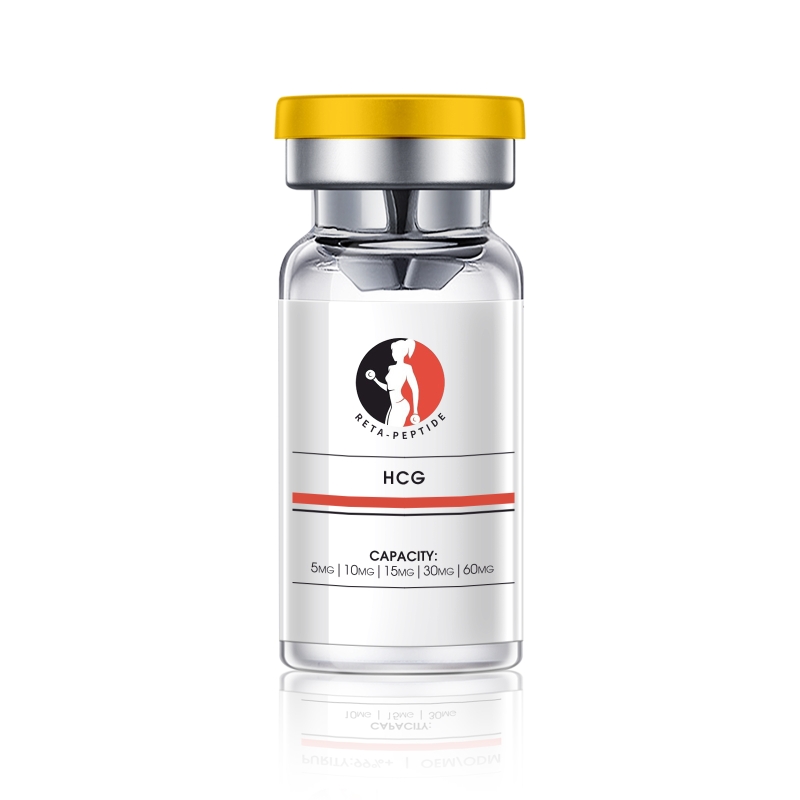-
Categories
-
Pharmaceutical Intermediates
-
Active Pharmaceutical Ingredients
-
Food Additives
- Industrial Coatings
- Agrochemicals
- Dyes and Pigments
- Surfactant
- Flavors and Fragrances
- Chemical Reagents
- Catalyst and Auxiliary
- Natural Products
- Inorganic Chemistry
-
Organic Chemistry
-
Biochemical Engineering
- Analytical Chemistry
-
Cosmetic Ingredient
- Water Treatment Chemical
-
Pharmaceutical Intermediates
Promotion
ECHEMI Mall
Wholesale
Weekly Price
Exhibition
News
-
Trade Service
Bunsen takes you through the use of pipettes and precautions Pipettes are precision gauges commonly used in laboratories for sampling and dosing, and are measuring and discharging measuring instruments, which are divided into two types
: quantitative and adjustable.
A quantitative pipette is when the volume of a pipette is fixed, while the volume of a tunable pipette is continuously adjustable
within its nominal capacity range.
Different types of pipettes are different in the nozzle, and the pipettes commonly used in the laboratory are available in 2ul, 10ul, 20ul, 200ul, 1ml, 5ml and other specifications
according to the amount of pipetting.
First, the use of adjustable pipettes (1) The suction nozzle is cleaned with peracetic acid or other suitable washing liquid, and then washed with tap water and pure water in turn, and can be used
after drying.
(2) Select the corresponding pipette and suction nozzle
according to the amount of liquid required.
(3) Aspirate and drain the taken solution 2-3 times to moisten the aspirate.
(4) Hold the pipette vertically, press the button to the stop point, and insert the suction nozzle into about 3mm below the liquid level, then slowly relax the button, wait for 1-2 seconds to leave the liquid level, and wipe off the solution
outside the suction nozzle.
Rest the flow port against the inner wall of the container used, slowly press the button to the stop point, wait 1-2 seconds, then press the button completely, and then move the pipette up along the inner wall of
the container.
(5) Discard the nozzle and place the pipette back into the pipette holder
.
Second, the precautions for the use of pipettes (1) When sucking liquid, it should be slow and even, so as to avoid splashing the liquid on the
pipette.
(2) When adjusting the knob of the amount of liquid taken, do not use too much force, and should pay attention to the number displayed by the counter not exceeding its adjustable range
.
(3) During the sampling and sampling process of the pipette, it should be noted that the suction nozzle cannot touch other items to avoid contamination
.
(4) After use, adjust the pipette to the maximum capacity so as not to compress the spring and cause the spring to fail to recover
.
(5) After the pipette is used, it should be removed and placed on
the holder of the pipette.
Keep away from moisture and corrosive substances
.
(6) Continuous adjustable pipettes should be regularly checked and debugged by professionals, and should not be disassembled
by themselves.
Bunsen takes you through the use of pipettes and precautions supplied by Bunsen Biotech: ELISA kits, animal serums, fluorescence quantitative PCR consumables, pipette nozzles, microcentrifuge tubes, imported cryopreservation tubes, cell culture dishes, culture plates, culture flasks, imported tips, instruments and gloves, chromatography consumables, needle filters, etc
.







